100 Jahre Bauhaus

Ars Electronica History Day
The History Day conferences are dedicated to the anniversary celebrations of Ars Electronica. After 40 years in existence, we reflect on the various forms of digital media art that emerged during this time and were embedded and presented in the festival. Pioneers of artistic movements with strong impacts on the digital revolution from all around the globe will discuss outstanding ideas, practices and contributions from the intersection between art and technology.

Prix Forum
One of the absolute highlights of every Ars Electronica is the opportunity to meet Prix Ars Electronica prize-winners and to attend Prix forums to hear the artists elaborate on their oeuvre and current work. Moderated by Prix Ars Electronica jurors, these discussions provide fascinating insights into this year’s categories: Computer Animation, Digital Musics & Sound Art and Artificial Intelligence & Life Art.
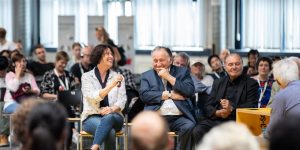
Ars Electronica History Summit
THU 5.9. | 14:00 – 18:00
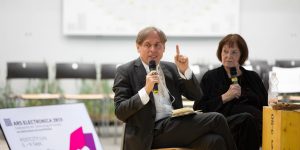
Telecommunications Art
THU 5.9. | 12:30 – 13:30
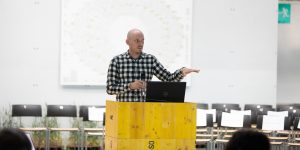
100 Jahre Bauhaus: We are not alone
THU 5.9. | 11:00 – 12:30: The panel introduces lecturers who in recent years have devoted themselves to arts education that straddles the humanities and the natural sciences. The experiences gained through this examination of science and art find expression in an original theory as well as in the artistic practice of students, sometimes over several generations. We would like to take the time for a critical inventory that not only leads to skepticism, but also to a change in the design of cultural technology. Teachers from various disciplines will explain approaches developed from the encounter of art practice and theory at art colleges. The focus is on the adventures and visions that manifest themselves 100 years after the euphoria of the Bauhaus.
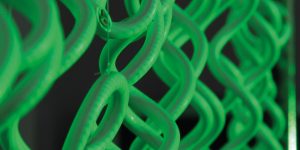
TRANSCODE!
University of Art and Design Linz, Interface Cultures
Knowing that technology will not save our world, we call for unsecured transcode! The Interface Culture Department of the Linz University of Art and Design is celebrating its 15th anniversary within the 40th anniversary of the Ars Electronica Festival. Reason enough to embark on a comprehensive transformation process and to examine processes of transcoding in particular and in general in the form of an exhibition, performances and presentations as well as discursive approaches.
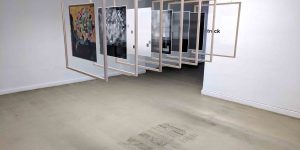
Cat: Collaborating with a Neural Network
Rachel Smith (UK)
This work is a conversation between Rachel Smith (human) and cifar10_cnn.py (artificial neural network). In order to communicate successfully, they must speak the same language. The method of communication is a human/machine compromise; a hand-painted grid of pixels. The human must automate and restrict herself, the network must cope with human error and bodily forms.
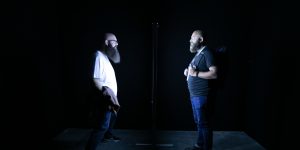
Alter Ego (Version II)
Moritz Wehrmann (DE)
Alter Ego questions the mimetic inter-relationship between two persons. It creates a mental conflict of self-localization, a feeling of self-loss and a feeling of empathy at the same time. The work is foundation for a cooperative with neurophysiological researchers, e.g. with Prof. Alain Berthoz of at Collège de France in Paris. It plays an important role in the research areas of self-other perception and mechanisms of sympathy and empathy research and their disorders, e.g. schizophrenia and autism.
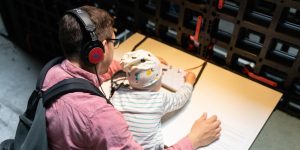
Tickle
The Center for Haptic Audio Interaction Research (CHAIR) (DE)
The Tickle is an acoustic interface for sound. It’s designed as the missing input device for physical modeling synthesis. Vibrations are captured on the surface and fed into digital resonators. It responds naturally to hitting or scratching, even bowing on the edge, making the interaction embodied, intuitive, and intimate.

Maschine, die auf Gott wartet
Hannes Waldschütz (DE)
The Maschine, die auf Gott wartet (“Machine that waits for God”) is part of a series of three “waiting machines.” They were activated in Bremen on October 24, 2007, at 6:07 p.m. From this point in time the three machines had been in operation, the Maschine, die auf Gott wartet is still waiting. It’s a microelectronic circuit, built and programmed in order to constantly inquire about the expected event: God must give a signal via a God sensor. An integrated backup power supply guarantees failure-free and uninterrupted functioning.


